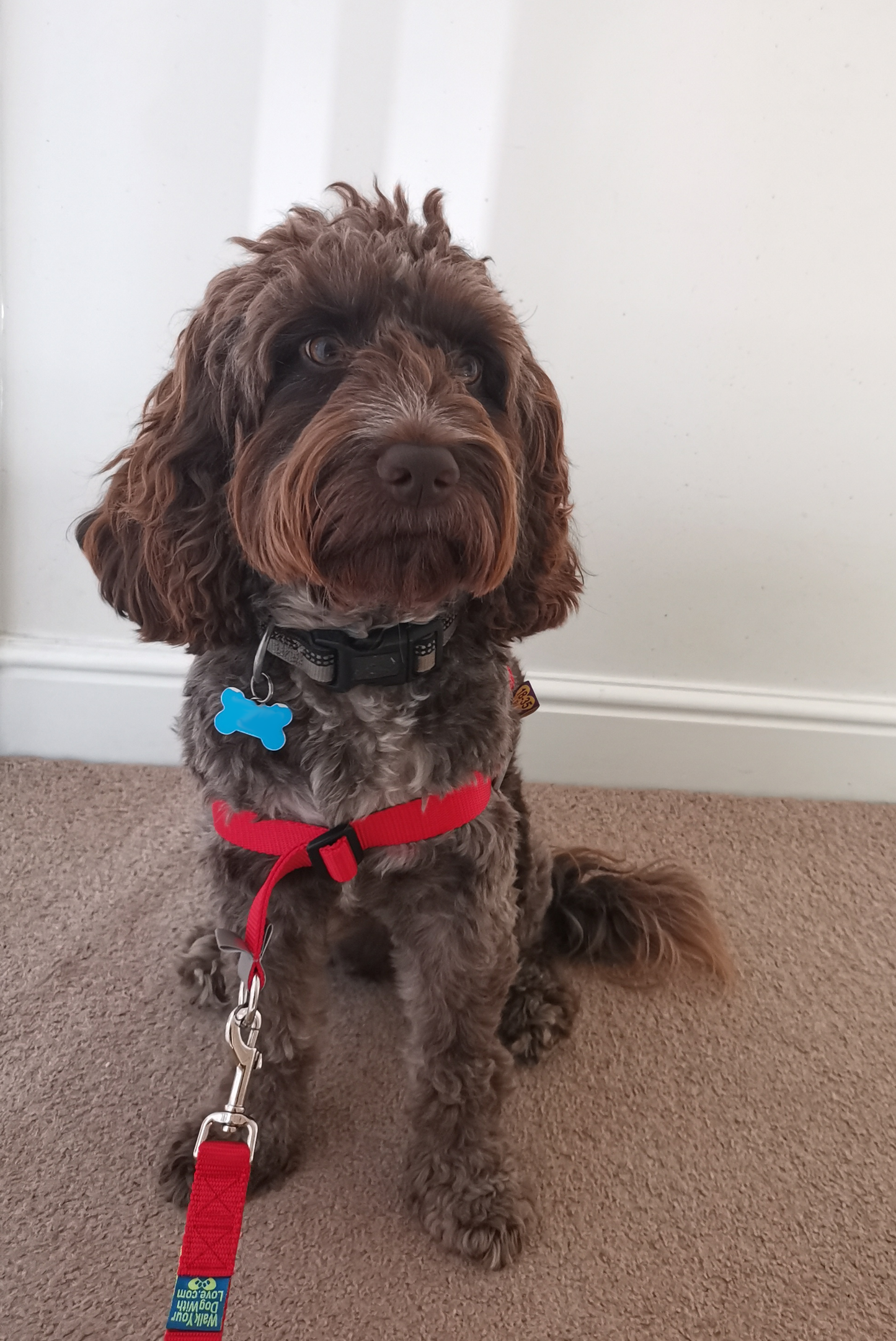Introduction:
Bath time for your furry friend can be a bonding experience and a crucial aspect of their overall health and well-being. While some dogs may relish the chance to splash around, others may be a bit more hesitant. In this comprehensive guide, we'll explore step-by-step instructions, tips, and tricks on how to wash your dog effectively, ensuring a positive and enjoyable grooming routine for both you and your canine companion.
Preparation is Key:
-
Gather Supplies: Before starting the bath, make sure you have all the necessary supplies at hand. This includes dog-friendly shampoo, towels, a brush, a non-slip mat for the tub, and treats for positive reinforcement.
-
Brush Your Dog: Begin by brushing your dog's coat to remove any loose fur and mats. This not only makes the bath more effective by allowing water and shampoo to reach the skin, but it also helps in preventing fur clumps in the drain.
-
Choose the Right Shampoo: Select a high-quality dog shampoo that suits your dog's specific needs. Whether it's for sensitive skin, flea prevention, or a particular coat type, using the right shampoo ensures a clean and healthy outcome.
The Bathing Process:
-
Secure Your Dog: Place a non-slip mat in the tub to prevent your dog from slipping. For smaller dogs, you can use a sink or a basin. Gently place your dog in the tub and secure them with a leash if necessary, providing reassurance and comfort throughout the process.
-
Pre-Rinse: Use lukewarm water to pre-rinse your dog, thoroughly wetting their coat. Ensure the water temperature is comfortable and avoid spraying water directly into their ears, eyes, or nose. You can use a handheld showerhead or a cup to wet your dog gradually.
-
Apply Shampoo: Apply a small amount of dog shampoo onto your hands and lather it onto your dog's coat. Start from the neck and work your way down to the tail, ensuring you cover all areas. Be mindful of sensitive areas like the face, ears, and paws, using a gentler touch.
-
Massage and Scrub: Enjoy this part of the bath by giving your dog a gentle massage. Use your fingertips to scrub their coat, paying attention to areas that may be prone to dirt and odors. Be cautious around sensitive areas, and make the experience as pleasant as possible for your dog.
-
Rinse Thoroughly: Rinse your dog thoroughly to ensure all shampoo is removed. Leftover soap can cause skin irritation, so take your time with this step. Continue rinsing until the water runs clear, especially in long-haired breeds.
Post-Bath Care:
-
Towel Dry: Once the bath is complete, use absorbent towels to gently dry your dog. Some dogs may tolerate a blow dryer on a low, cool setting, but be sure to keep it at a safe distance and monitor their comfort level.
-
Positive Reinforcement: Reinforce positive behavior during and after the bath with treats and praise. This helps create positive associations with bath time, making future grooming sessions more enjoyable for your dog.
-
Post-Bath Brushing: Give your dog's coat a final brush after they are fully dry. This helps to prevent matting and tangling and leaves their fur looking sleek and shiny.
Additional Tips:
-
Frequency: The frequency of baths depends on your dog's breed, lifestyle, and health. While some dogs may benefit from a bath every few weeks, others, especially those with sensitive skin, may only need a bath once a month or even less frequently.
-
Ear and Eye Care: Be cautious when washing your dog's face, particularly around the eyes and ears. Use a damp cloth to gently wipe around the eyes and avoid getting water into the ears. If your dog is prone to ear infections, you may want to use ear protection during the bath.
-
Professional Grooming: For some dogs, especially those with specific grooming needs or intricate coats, professional grooming may be necessary. Professional groomers have the expertise and tools to ensure a thorough and safe grooming experience for your dog.
Conclusion:
Bathing your dog is a vital aspect of their care routine, and when done correctly, it can be an enjoyable and rewarding experience. By following these step-by-step instructions and incorporating positive reinforcement, you can turn bath time into a positive bonding ritual for you and your furry friend. Tailor the process to your dog's individual needs, and soon, bath time will become a routine that both you and your dog look forward to.










